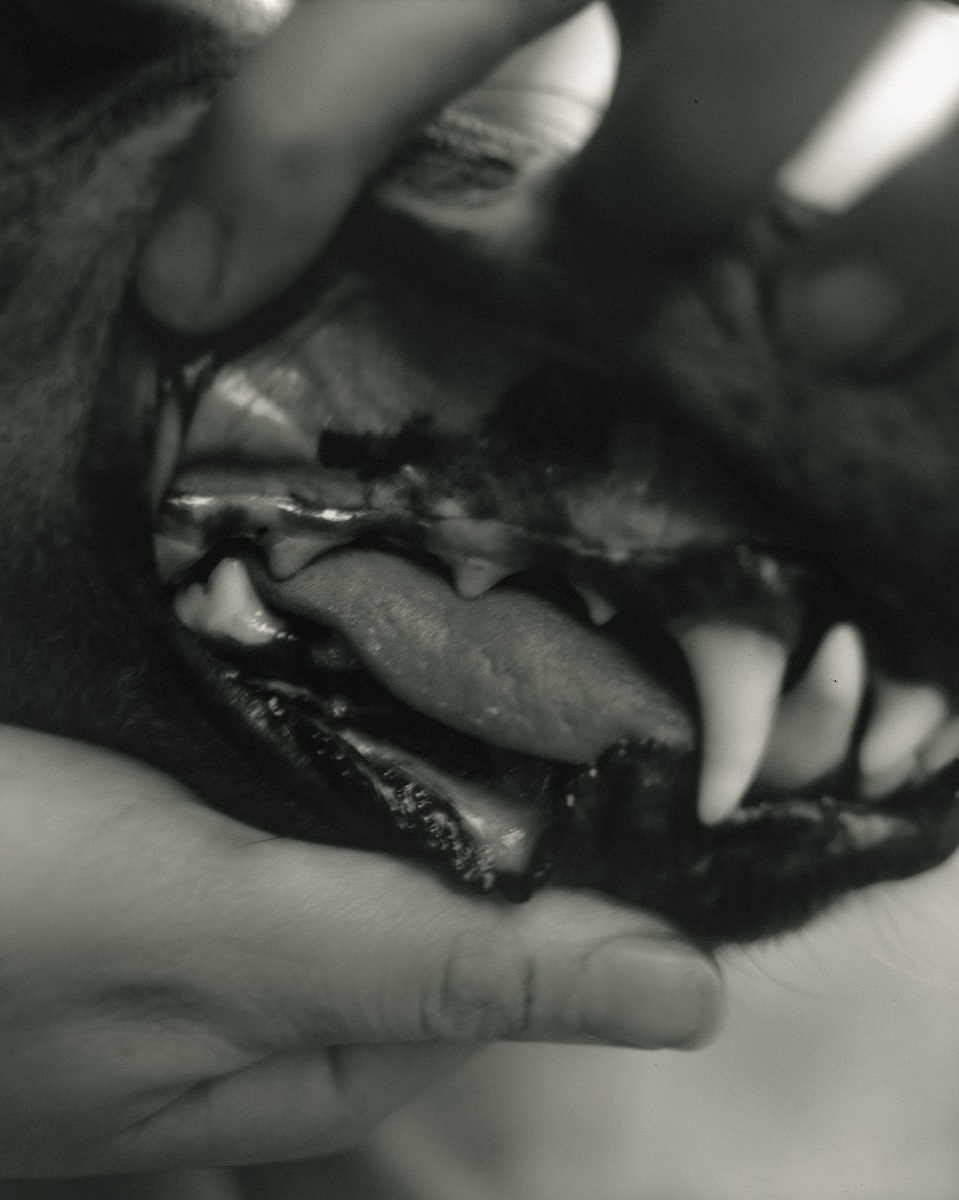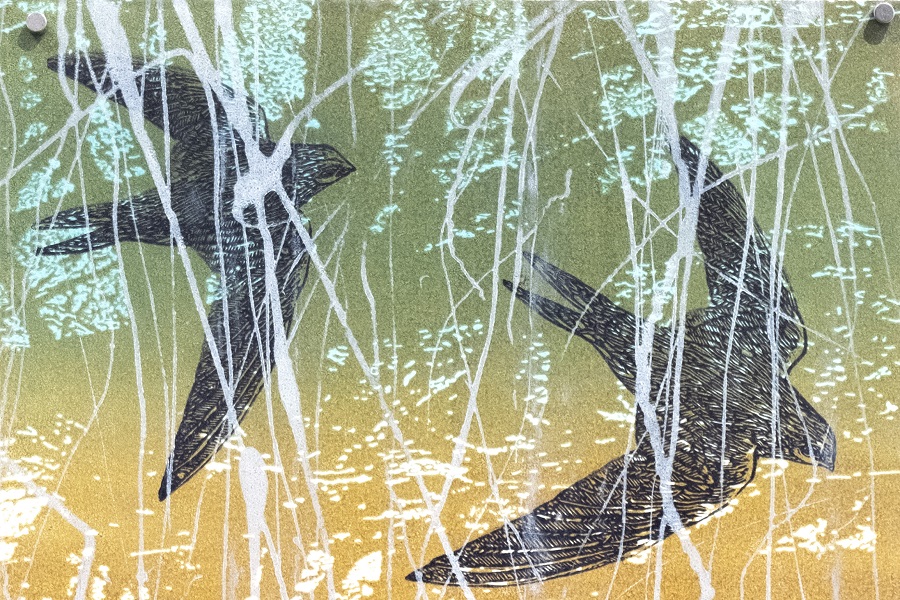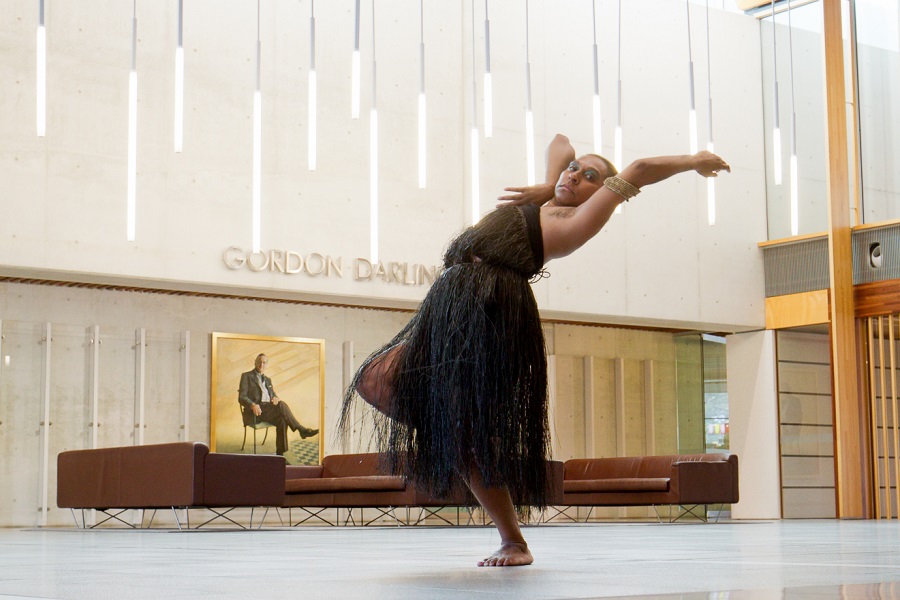
Photography/ “Bushranger Blue” by Rory King. At M16 Artspace until July 2. Reviewed by CON BOEKEL.
RORY King, a Canberra-based photographer, travelled beyond the suburbs to search for cultural traces of bushrangers.

Instead, he added to a rich Australian artistic tradition. His journey to the interior became a metaphor for a journey into the self, into contemplation of loss, death, loneliness and longing.
“Bushranger Blue” brings to mind “To the Islands” by Randolph Stow, and “Voss” by Patrick White.
King frames the exhibition as examining the experience of being an outcast while yearning for deep connection. King’s choices of imagery and of technique combine to generate pictorial moods, which range from the dreamlike to the nightmarish. Being hunted to a premature and violent death, often in beautiful landscapes, was the major occupational health and safety concern for bushrangers.
There are 20 prints and a photobook, “Bushranger Blue”. All are black and white.
While each print is complete, it is possible to follow several themes across the set.
Several images portray the bush as an impenetrable tangle. By way of contrast there are several images of boundless landscapes.
There is the disconnection of death – dead animals, a cow and kangaroos. There are formless and desiccated cadavers; one strung up in a tree and another lodged by a flood in high branches.
There are dog’s fangs and kangaroo entrails.
There are dogs connecting physically with people as only confiding domestic dogs can do.
There is water – perhaps the Lachlan River at Hillston, perhaps the Murrumbidgee from Shepherd’s look out or perhaps Billabong Creek at Jerilderie.
There are images of disused shearing sheds and of abandoned huts, left behind by time. There is a country town perched at the edge of limitless plain. There are warm, contemporary and lived-in domestic interiors.
There is an image of a couple, connected in a close embrace.
A lone figure, barely visible, stands watch on the rim of a far distant cliff.
The print series ends with the image of a lone man staring into a campfire, mimicking McCubbin’s “Down on his Luck”.
King deploys traditional photographic techniques with an easy finesse. His point-of-view varies from intimate touching distance to impersonal vast distances. His objects are at times tightly defined. At other times they are mere shadows, hints. The depth is at times unnervingly shallow, as with the dog’s fangs, and at other times deep as with the murmuration of starlings. Natural and artificial light and shade are deployed almost effortlessly. The framing is deliberate and effective.
The oscillating techniques fit well with shifts from dream to nightmare and back, from being comfortable in a landscape to being thrown out of place.
The photobook includes some of the exhibition prints and adds some additional images. The prints are glued in. The backing pages are paper thin – echoing the emotional fragility of the exhibition. The glue is allowed to show through. The materiality is just as it ought to be. Being a book, I handle it. It draws me in. The pacing is excellent.
The last image in the photobook is a familiar image of Kelly in armour, with his gun, perhaps awaiting his destiny at Glenrowan and thence a date with the hangman in Melbourne jail.
“Bushranger Blue” is a wonderful exhibition.
Who can be trusted?
In a world of spin and confusion, there’s never been a more important time to support independent journalism in Canberra.
If you trust our work online and want to enforce the power of independent voices, I invite you to make a small contribution.
Every dollar of support is invested back into our journalism to help keep citynews.com.au strong and free.
Thank you,
Ian Meikle, editor








Leave a Reply